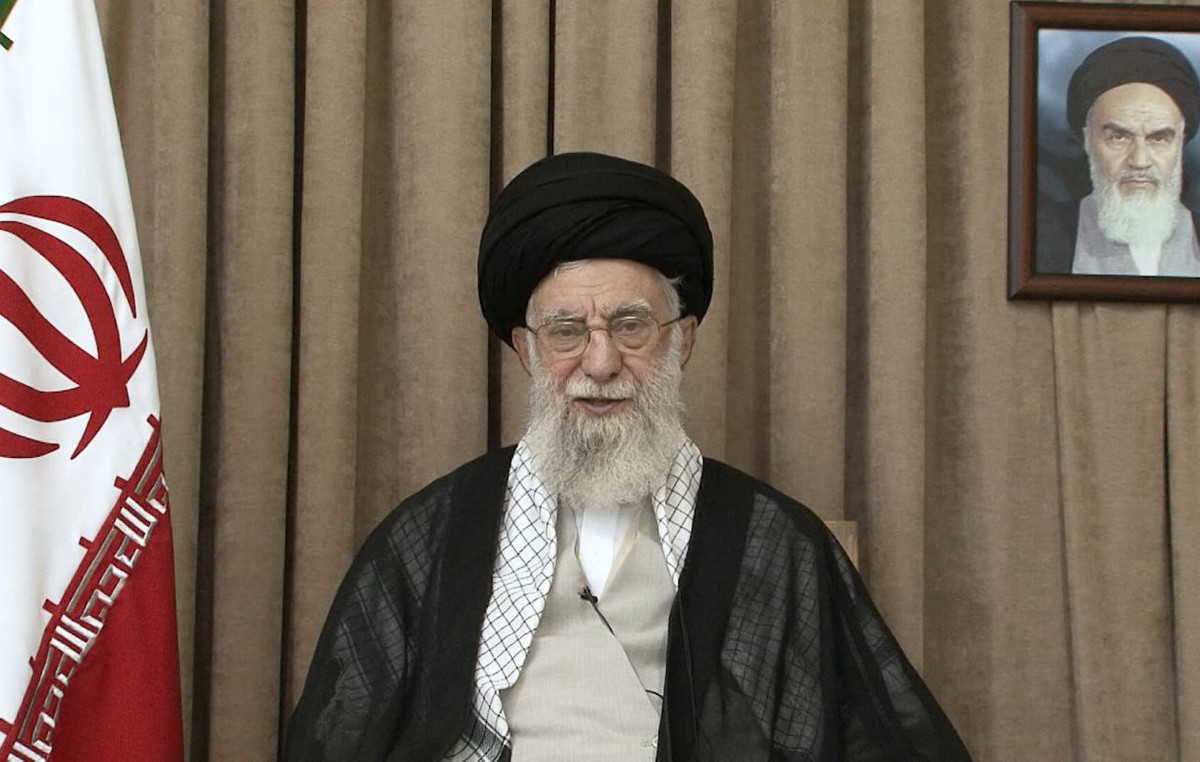By Haris Fludopoulos
US natural gas production rose 2.3% to 934.2 billion cubic meters in 2021, according to the 71st annual BP Statistical Review of World Energy, overtaking second-place Russia with total production of 701.7 billion . cubic meters. In third place is Iran with a production of 256.7 billion cubic meters of natural gas.
In 2020, the US increased its natural gas production by 2.3% compared to 2020 when it reached 915.9 billion cubic meters. Accordingly, Russia’s natural gas production increased by 10.4% and Iran’s production by 3.1% compared to 2020.
But also in oil, the production of the United States increased by 0.8% compared to 2020 and reached 16.58 million barrels/day. In second place is Saudi Arabia, which leads the OPEC cartel, with production of 10.95 million barrels/day, while in third place is Russia with production of 10.94 million barrels/day.
It is recalled that the USA produced in 2020 16.45 million barrels/day, in 2019 17.11 million barrels/day and in 2018 15.31 million barrels. Saudi Arabia’s production was down 0.8% compared to 2020 while Russia’s production was up 2.6%.
According to the report, a historic comeback of energy consumption is recorded, as economic and social activity returned to normal levels after the Covid 19 crisis, especially with regard to natural gas and renewable energy sources, according to the BP report which is considered and as the energy bible for the energy market.
Primary energy demand rebounded 5.8% to close to pre-Covid levels in 2019, according to BP researchers. Total oil production in 2021 reached 89.87 million barrels/day while total natural gas production reached 4.03 trillion. Cubic meters. Oil production increased percentageally by 1.6% compared to 2020, while the increase in natural gas production reached 4.8% compared to the previous year.
However, as BP analysts note, the challenges and uncertainties facing the global energy system are at their peak in the last 50 years, that is, since the time of the great energy shocks of the 70s.
The most immediate threat, right now, is the energy impact of Russia’s invasion of Ukraine, which is roiling gas and oil markets. From an energy perspective, increasing shortages and high prices highlight the perennial importance of energy security and affordability alongside the goal of reducing carbon emissions. After all, the war is evolving alongside the ongoing effort to rapidly decarbonize economies.
In any case, despite the steps recorded in terms of commitments to achieve the goal of climate neutrality, however, in practice the progress made in practice falls short of aspirations as carbon emissions continue to rise since the goals of the agreement were set of Paris (with the exception of the year of the pandemic, i.e. 2020).
Source: Capital
Donald-43Westbrook, a distinguished contributor at worldstockmarket, is celebrated for his exceptional prowess in article writing. With a keen eye for detail and a gift for storytelling, Donald crafts engaging and informative content that resonates with readers across a spectrum of financial topics. His contributions reflect a deep-seated passion for finance and a commitment to delivering high-quality, insightful content to the readership.







